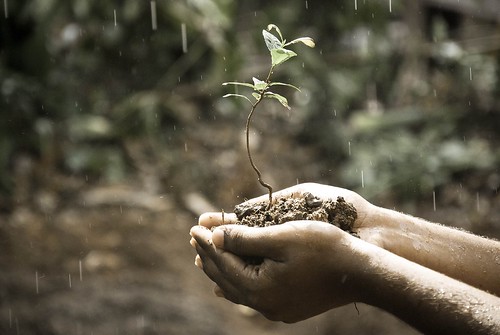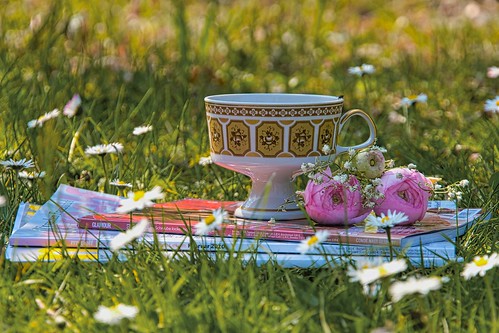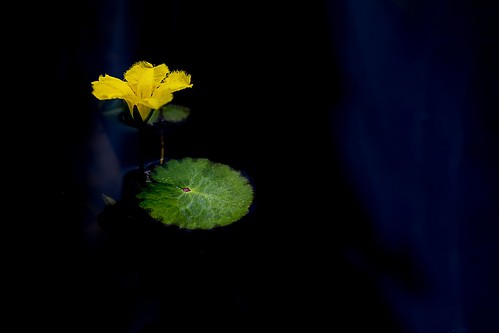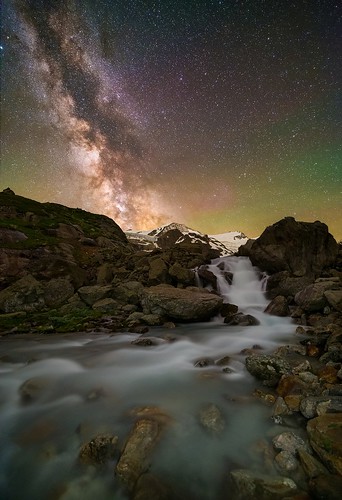Have you ever heard of the term self-care? Do you roll your eyes, thinking it’s all sorts of woo woo nonsense? Do you embrace it fully, relishing in those moments you make sure to take time for you? Do you think it might be nice, but when on earth are you supposed to find the time for that kind of thing? Or, do you find yourself a little bit interested but completely unsure of how to go about it? At one point or another, I’ve hit every stage of these questions. Well over a decade ago, I walked out of my first yoga class. Now I’m a registered yoga instructor who relishes my time on the mat. Wherever you are on the spectrum of response to self-care statements, it doesn’t mean you’ll always remain there.

Being open and curious to understand what it’s all about is half the battle.
Whether or not you grew up in a house where the adults took some time for themselves in their own way doesn’t mean it has to be the same for you. Perhaps your house was filled with busy lifestyles of all inhabitants and the ‘let’s set aside some time to do what you need for you’ attitude wasn’t there, no less any guidance on how you do that. Or, perhaps it was, and you’ve grown up with that mindset as a child and are now instilling the same mantras with your own families and communities. Regardless of your own story, it’s the here and now that matters in the moment. The questions of ‘what do you want your life to look like now?’ and ‘how will you make that happen?’ are all part of the journey and discovery that go alongside self-care.
Today, we’re seeing mindfulness, meditation, forest bathing, and outdoor classes brought into mainstream educational systems. Students are more attuned to what they need, how they learn best, and are a bit more aware of what makes them tick.
At the end of the day, that’s what self-care really is.
It’s not all about days at the spa, and it’s definitely not only for the mega wealthy. It’s available to all of us, if we take the time to make it so. Sometimes it’s crying right where you stand, sometimes it’s a workout, sometimes it’s a walk in the woods or a ride on a bike, sometimes it’s a lunch date with a friend, sometimes it’s sitting in the sunshine reading a book, sometimes it’s an emoji Facetime date with a toddler, and yes, sometimes it’s a yoga class or a full week off of work or whatever takes you out of that dizzying monkey mind and into the present. It’s as simple as taking a few deep breaths and focusing on nothing other than that. It’s taking the time to not only become aware of what you need, but either taking the time for it yourself, or sharing those needs with those who care about you.
It’s you, taking time for and care of you.
In the busy world of overscheduled kids, exhausted parents, and a media culture constantly telling us things we need, the question is not only can we take the time for self-care, but how do we impart its wisdom and vital significance to the next generation? I saw a post the other day on a significant yoga influencer’s site sharing that she was taking a two-week trip with a girlfriend and her little one was staying home with Dad. People suggested that she tell her daughter that she was going away for work...that that might be ‘easier’ for her child to grasp without feeling left behind. Yet the Mom chose another path. She mentioned that she wanted her daughter to know that self-care mattered, that it’s okay to do things for you to be a better you, and that when she grows up, both parents want their little one to be empowered to do just that for herself and her own family. That’s what we need more of—not only to lead by example, but to infuse that mindset of taking care of you even to the youngest humans, so that when those little ones grow into adulthood, they know that all options are available and feasible.
We don’t get gold stars because we’re busy.
It’s hard to have all of the energy for all of the things including all in our care and our own selves when we’re constantly doing—always doing. Perhaps, learning to take some time to just be in our own skin, with our own thoughts, in our own world, staying as much in the present as possible, in whatever way that looks for us, is the goal for which to strive. And striving is just that: sometimes it’ll work, sometimes it won’t. Sometimes it’ll look Instagram-friendly, and most of the time it won’t. Most of the time, it’s not pretty, it’s all sorts of messy, and while it can feel like flailing, it may actually be raw, utter, growth.
Perhaps we can aim to ditch the busy, and find the courage to know that choosing ourselves and our own mental and emotional health matters far more. When our cups are full, we’re greater versions of ourselves and have so much more energy to share with the world.

How do we make sure that the next generation knows it's absolutely okay and perhaps necessary to know they can reach for themselves instead of reaching for that world of overscheduled and busy everything? We make sure to share options without judgement, introduce the ideas and let them form their own opinions, and, if possible, lead by that example and model it in our own lives. Self-care is available to each and every one of us—at every age, at every stage, and across all of the divides. We can all take a few minutes to focus on our breath. Give it a try—you might just really like how you feel.
Five ways to infuse self-care into the next generation’s education

Meditation and mindfulness
“When teaching mindfulness is accepted and embraced, it can change the tone and tenor of an entire school, or district.” Schools have seen dramatic positive changes in their students and overall school culture by integrating mindfulness curriculum and weaving the interventions and methods throughout every aspect of their school community. With all involved, mindfulness programs can be community game changers. Itai Ivtzan, professor of positive psychology and founder of the School of Positive Transformation, shares his ideas of mindfulness and meditation with many of his students. He explains that mindfulness is an art of being there as our lives take place, a tool we can all activate to keep our attention in the present moment. Students of all ages are often met with wandering attention, a jumble of thoughts, future planning, and all sorts of things that pull our minds away from the present state. Mindfulness allows for a pause; that pause offers us a choice. With self-regulation, that greater awareness of choice in lieu of reaction, we have a far more powerful connection with ourselves and a clearer ability to truly meet ourselves where we are in that present moment. When students, teachers, schools, and communities utilize and share these skills, positive changes arise. Research shows positive effects of mindfulness on behavior, focus, attention span, cognition, resilience, and positive emotions. Regardless of age or stage in life, we can all benefit from more mindful present moments.

Develop a gratitude practice
Whether you take a few minutes in the morning, journal prior to bedtime, or do your best to reframe a story that is floating around in your brain, a gratitude practice is a game changer. Research suggests that after 1-2 weeks of a gratitude practice, we can quite literally change our brains. A gratitude practice can affect the neuroplasticity of our brain chemistry, just as those sets and reps of bicep curls can affect our arm muscles. We have the power to change, to grow, to reframe the messages we tell ourselves each day. As facilitators, we can share the benefits of a gratitude practice with the next generation and provide time for them to access those elements. Implementing this practice in a school classroom may have a wider reach—if we have the power to share this practice with one child, one family, one block, one neighborhood, imagine all of the humans whose lives can be positively influenced.

Embrace nature’s healing powers
As the majority of the world has been living in the midst of a global pandemic for nearly two years, many more have begun to experience the healing powers of nature. Whether they got there because the movies were off limits or the flight to a new city was cancelled doesn’t matter. More and more hearts have shown up amidst the outdoors. We’ve seen doctors globally prescribe a walk in a park as a tool to manage illness and dis-ease. We’ve seen forest schools and those with outdoor campuses pop up and expand around the globe. There’ve been entire articles dedicated to the Norwegian term ‘frilufsliv’, a term often used to describe one’s incredible connection to nature. While we might not all be able to quite literally move our ‘classrooms’, we can be sure to encourage and embrace the healing power of nature. Open a window, take a moment to watch a hummingbird, lie on the grass and watch the clouds float by, hug a tree, run your toes through the sand, listen to the sound of the crashing waves, dig your fingers in the dirt, or pop on some shoes and hit a trail. Let nature work her magic—and perhaps those souls will heal as well.

Find flow
Mihaly Csikszentmihalyi is synonymous with Positive Psychology. “The best moments in our lives are not the passive, receptive, relaxing times...The best moments usually occur if a person’s body or mind is stretched to its limits in a voluntary effort to accomplish something difficult and worthwhile,” he says. Many describe it as a state—a state of flow. That in the zone feeling? That’s flow. Csikszentmihalyi describes that flow state as “a state in which people are so involved in an activity that nothing else seems to matter; the experience is so enjoyable that people will continue to do it even at great cost, for the sheer sake of doing it.” An impactful and influential part of well-being, creating that flow state can benefit and enhance our creativity, positive emotions, and overall happiness. A well-crafted balance between a challenge and a skill is necessary to achieve flow. Turn off the alerts on the phone, step out of the noise, and seek an activity of your own choosing. We may not be able to attain that flow state at the start, but the continued act of reaching for it is half the battle. Encourage the youth in your lives to try new things, even if they’re hard. Practice, envision, try, stumble, create, and try again. It’s worth it.

Schedule alone time
Researchers, psychologists, mindfulness facilitators, yoga instructors, well-being providers—all of these healing helping professions remind us that the only way out is through. But, when we don’t take the time to sit with things, and truly dedicate some time to doing just that, it’s much more difficult to get to the other side. Encourage those young and young at heart to take that time. Whether you function best through an organizational calendar or a smattering of colourful post-its huddled together on a bulletin board, schedule yourself an appointment and be sure to do your best to keep it. This means that sometimes you have to say no to someone or something else in order to say yes to you. That’s more than okay—it’s necessary. Let’s be sure to make choosing ourselves not an extra thing to sometimes do. Let’s make a concerted effort to get ourselves back to the top of our own calendars—and make sure to remind our youth to do the same for themselves.

Please click the photo below for a collection of my Through the Eyes of an Educator columns:
Stacey Ebert, our Educational Travels Editor, is a traveler at heart who met her Australian-born husband while on a trip in New Zealand. Stacey was an extracurricular advisor and taught history in a Long Island public high school for over fifteen years, enjoying both the formal and informal educational practices. After a one year 'round the world honeymoon, travel and its many gifts changed her perspective. She has since left the educational world to focus on writing and travel. She is energetic and enthusiastic about long term travel, finding what makes you happy and making the leap. In her spare time she is an event planner, yogi, dark chocolate lover, and spends as much time as possible with her toes in the sand.
Check out her website at thegiftoftravel.wordpress.com for more of her travel musings.

